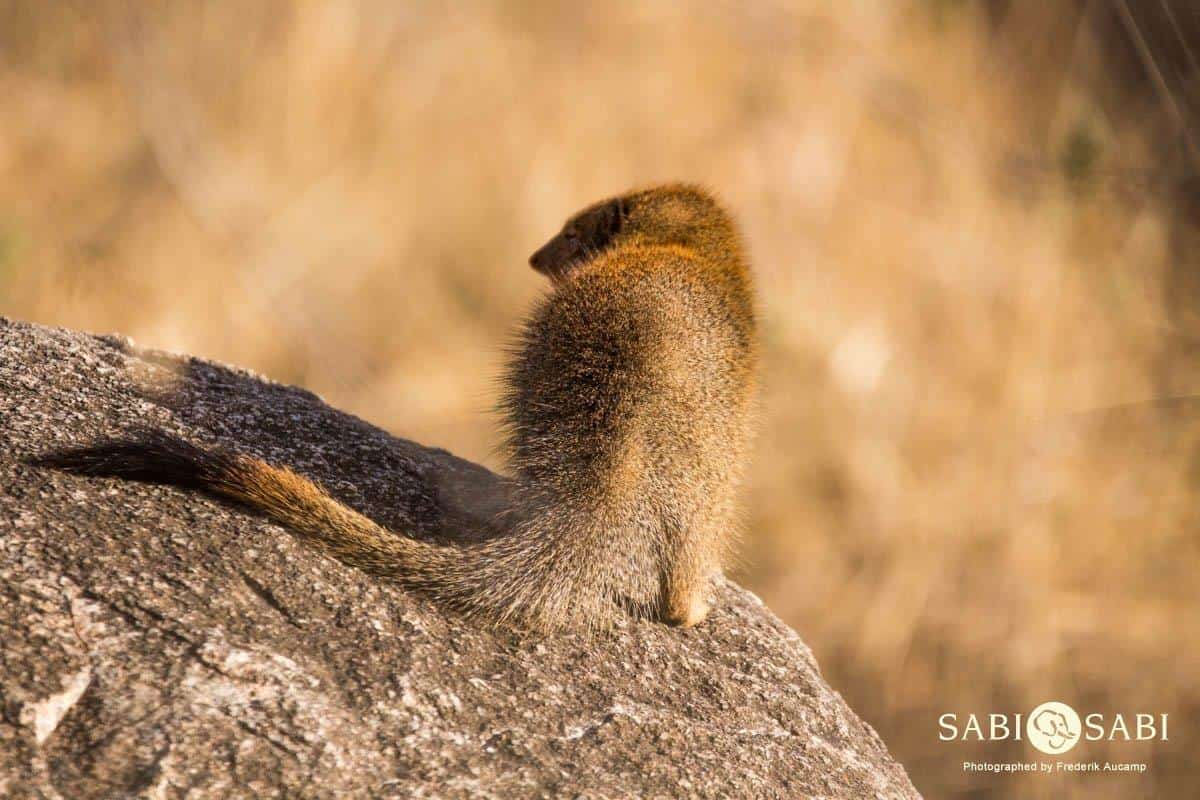

They have not been seen to swim, but the possibility is not ruled out. They can walk, run and occasionally climb. Mongooses are mostly terrestrial, moving on all four limbs. Both sexes are alike in size and appearance. Both sexes have cheek and anal glands that are used to mark territory and group members. The front feet have long curved claws that are used for digging when foraging for food.

The head is large and pointed, ears are small and lie close to the head, the muzzle is pointed and they have short limbs. They are dark brown to black with hair on the dorsal surface more sparse than on the under belly. The species can be differentiated from other mongooses by body size, being much smaller than most other species (18 to 30 cm, 210 to 350 grams). Dwarf mongooses are active during the day in relatively open habitats were they mainly feed on insects but are also known to prey on snakes, lizards and small mammals.ĭwarf mongooses have a long slender body and a furry tail that is almost equal to body length. Within each group there is rigid hierarchy with a single breeding pair which is dominant and which suppresses reproduction of all other group members. Common names: Hovo (Shona), Kgano (Tswana), Uchakide (Zulu), Matswi (Venda), iduha (Ndebele), motswitswane (Sotho), Dwergmuishond (Afrikaans), maxindyani (Xitsonga).ĭwarf mongoose is the smallest of the mongoose family Herpestidae and is highly social living in cohesive groups of three to 30 individuals that collectively engage in cooperative breeding, territory defense, sentry duties to look out for predators, babysitting and grooming.


 0 kommentar(er)
0 kommentar(er)
